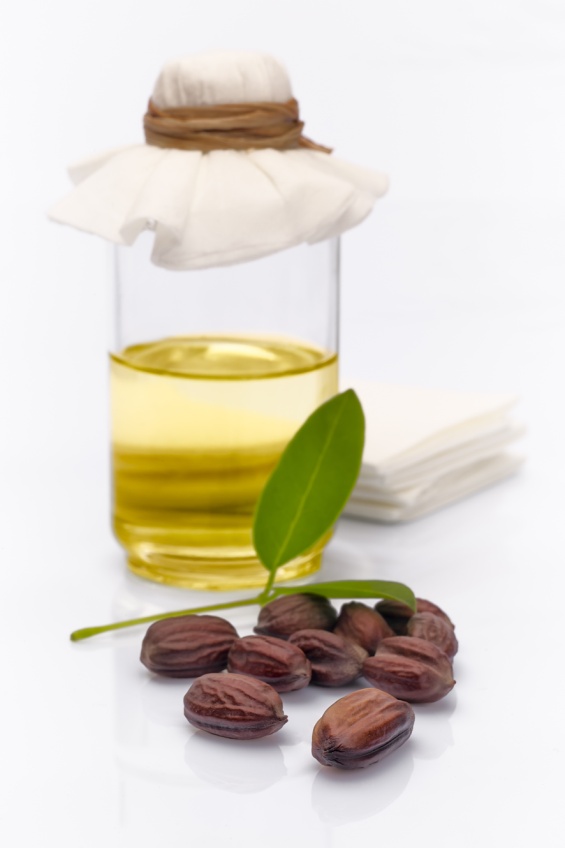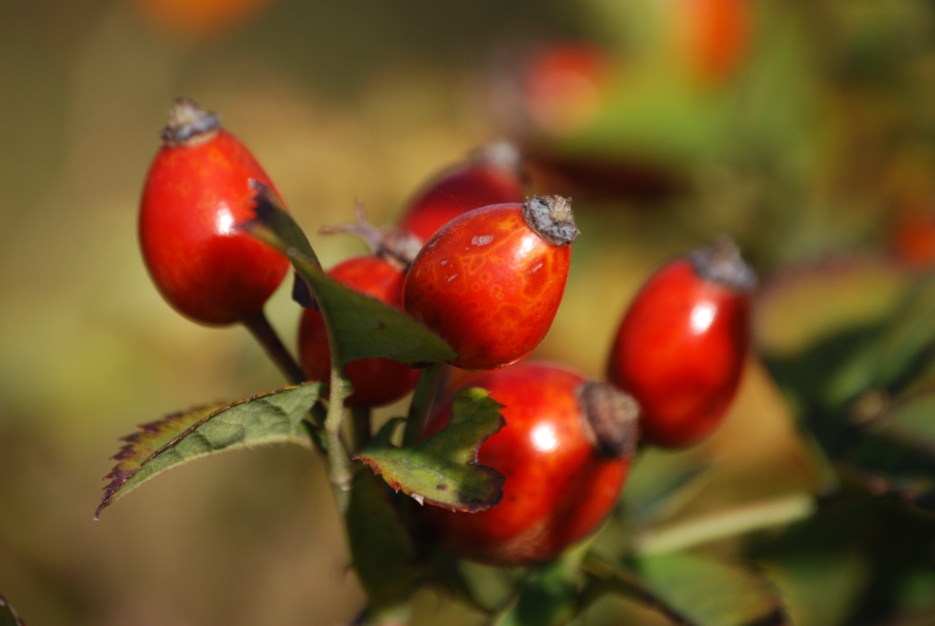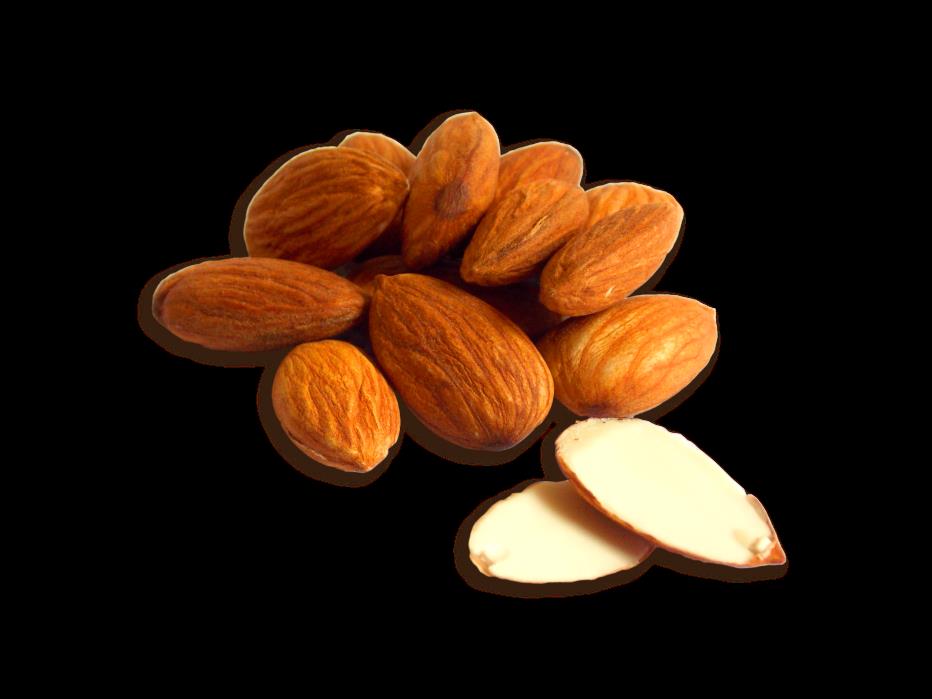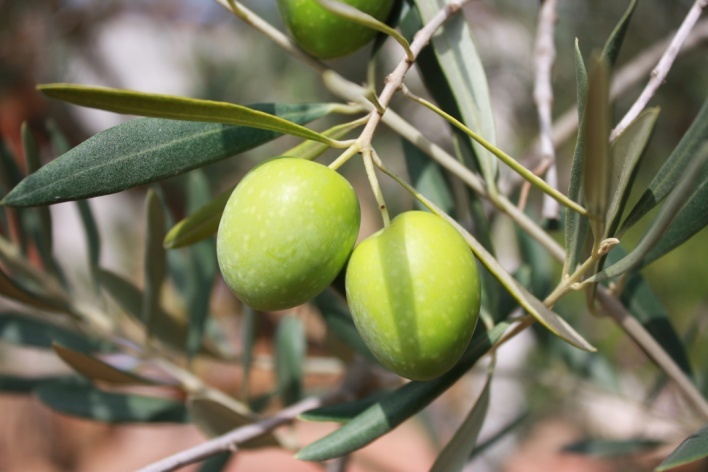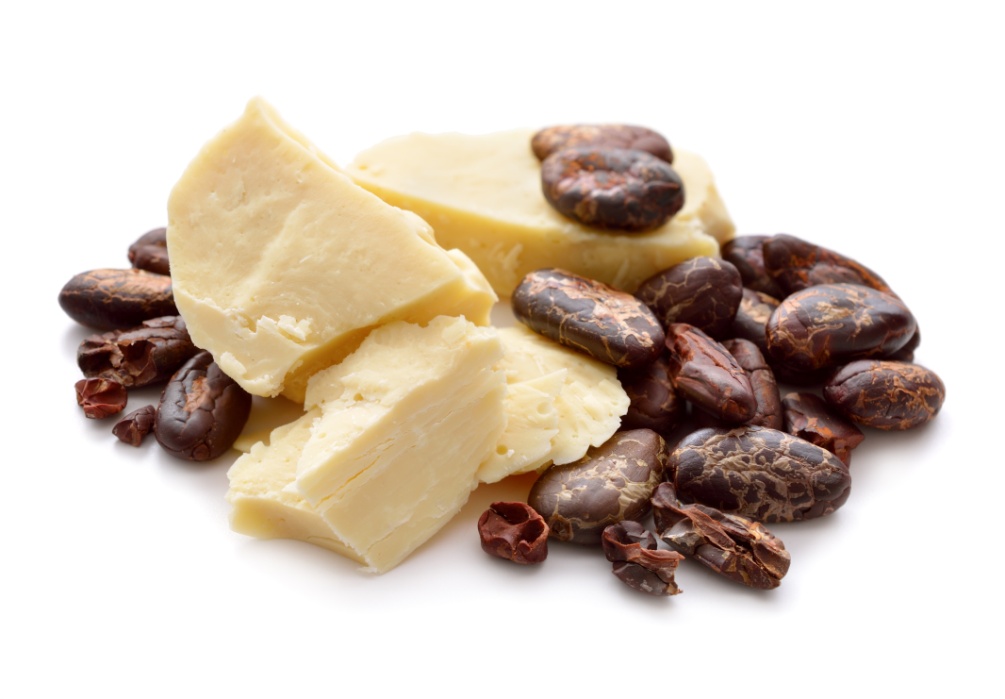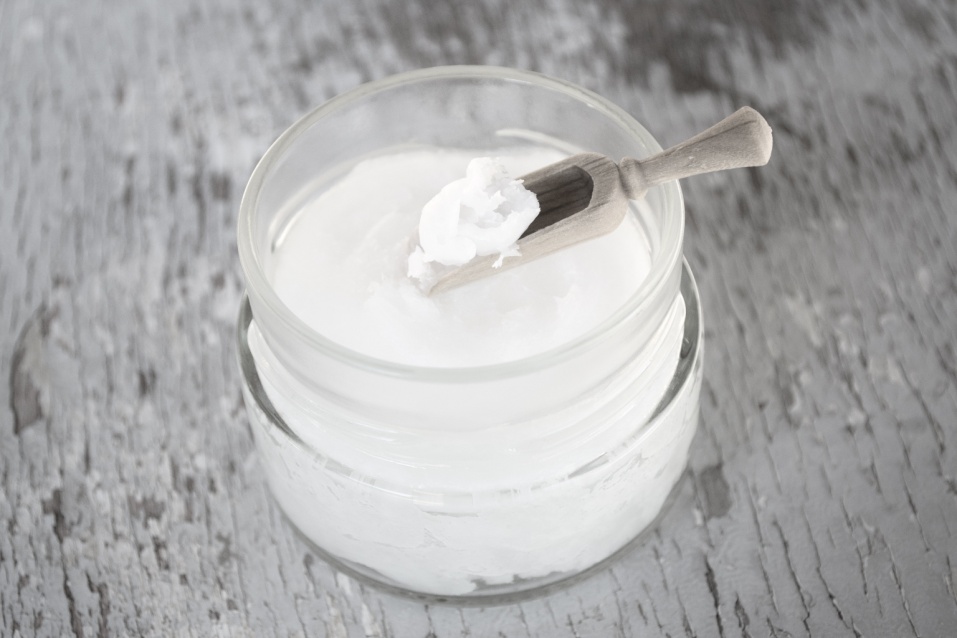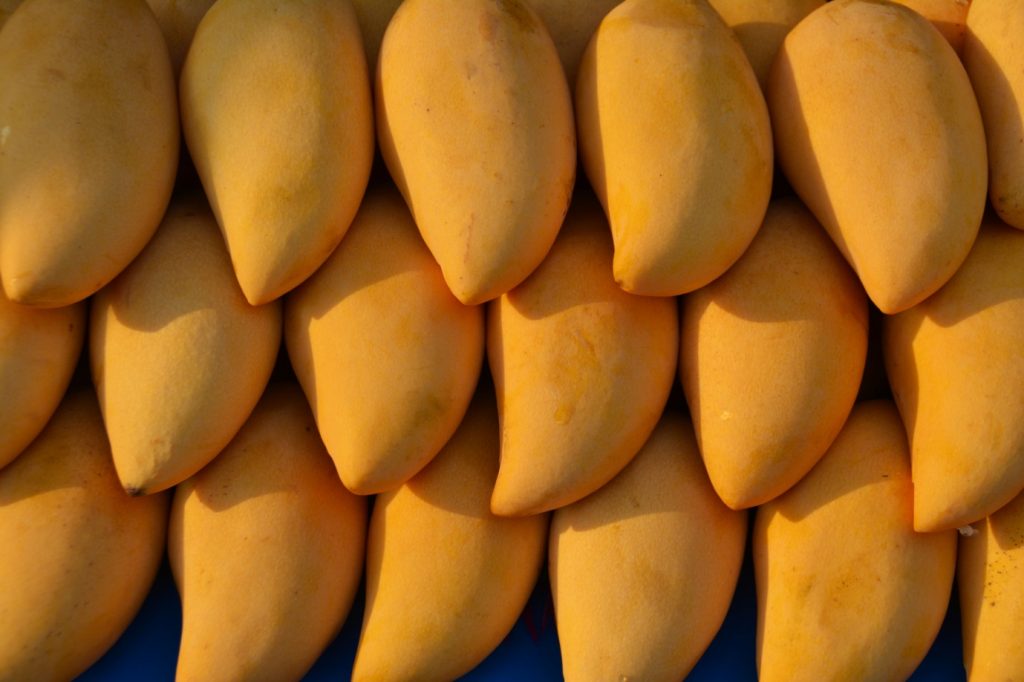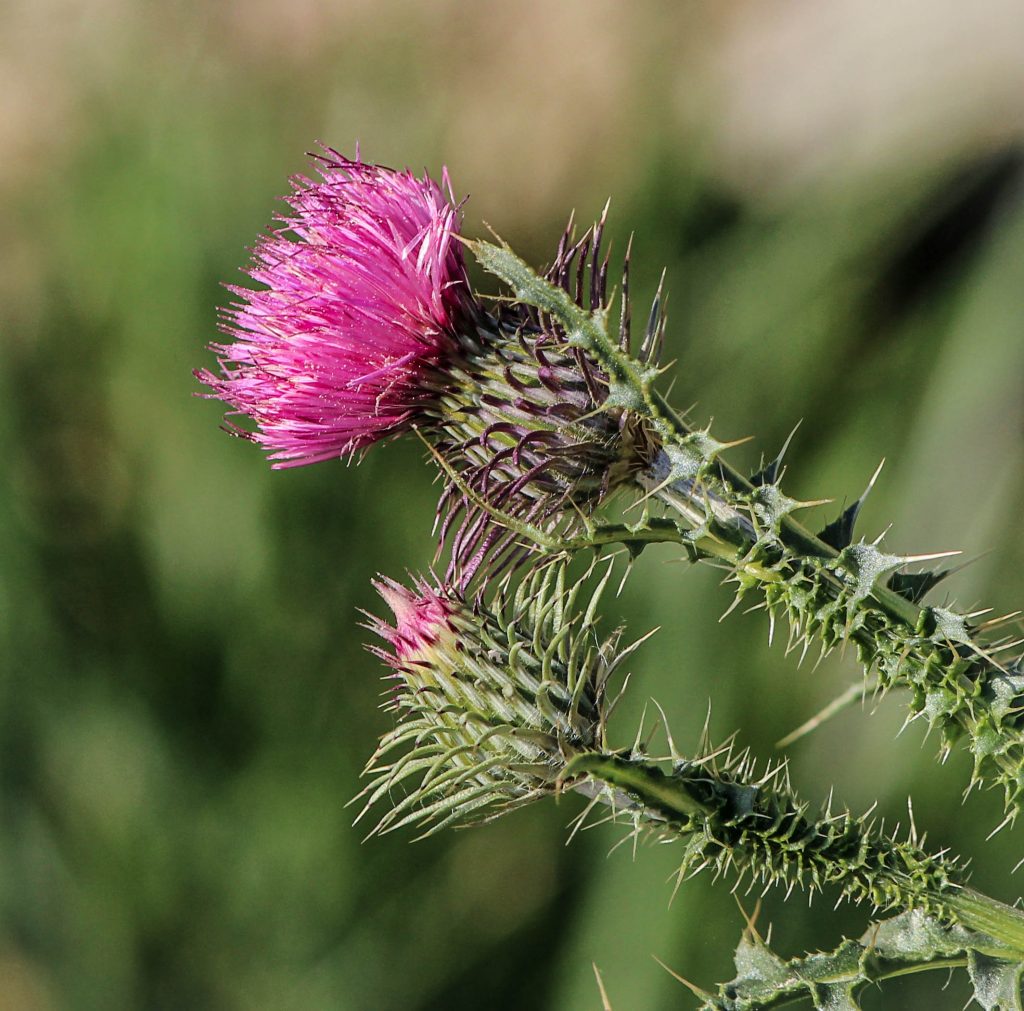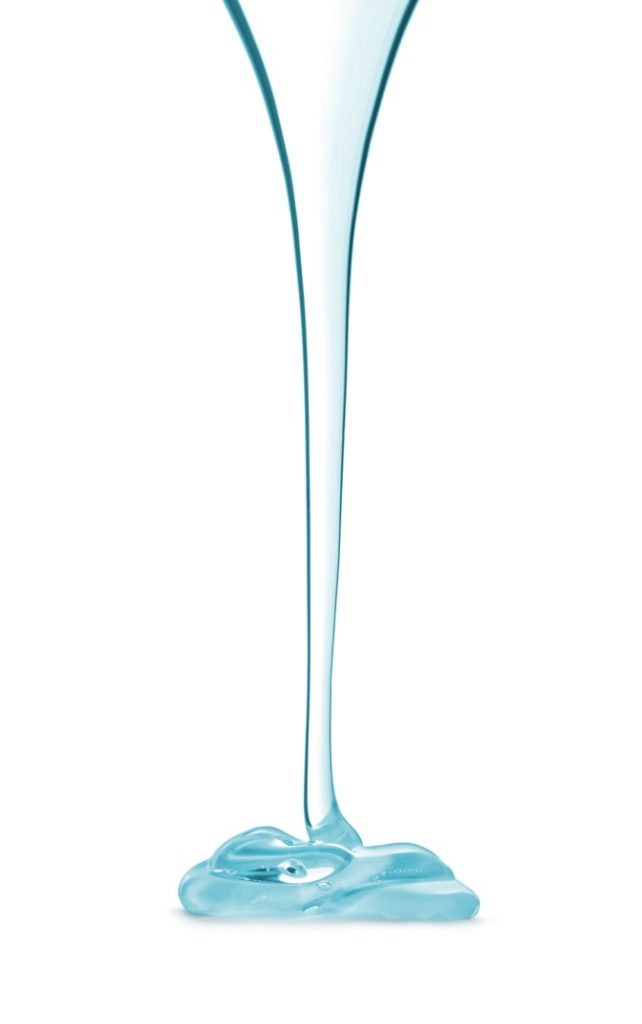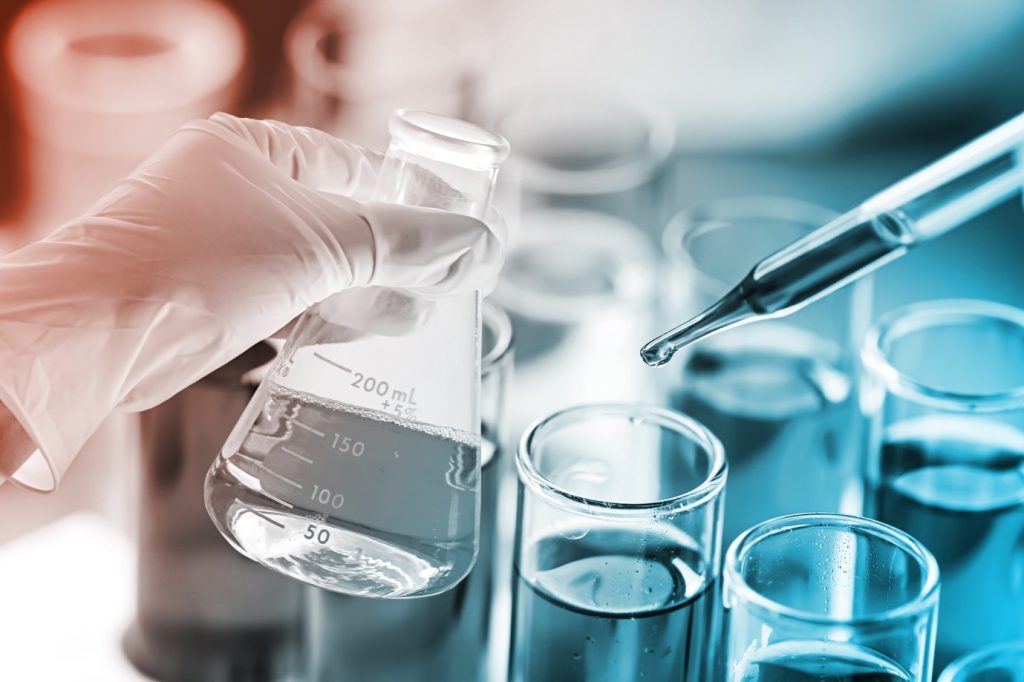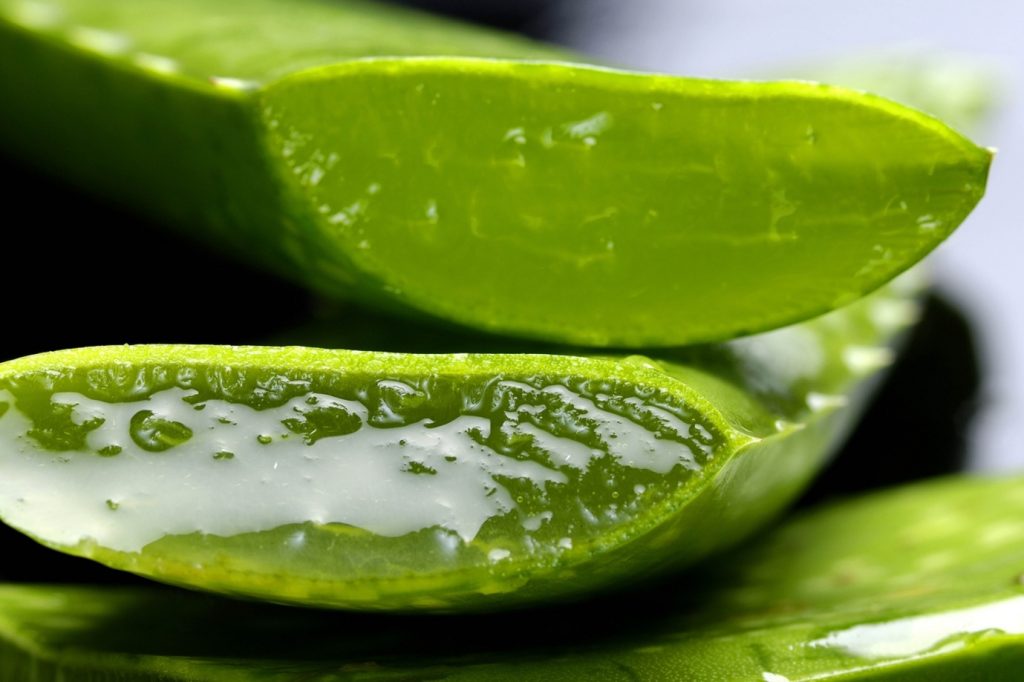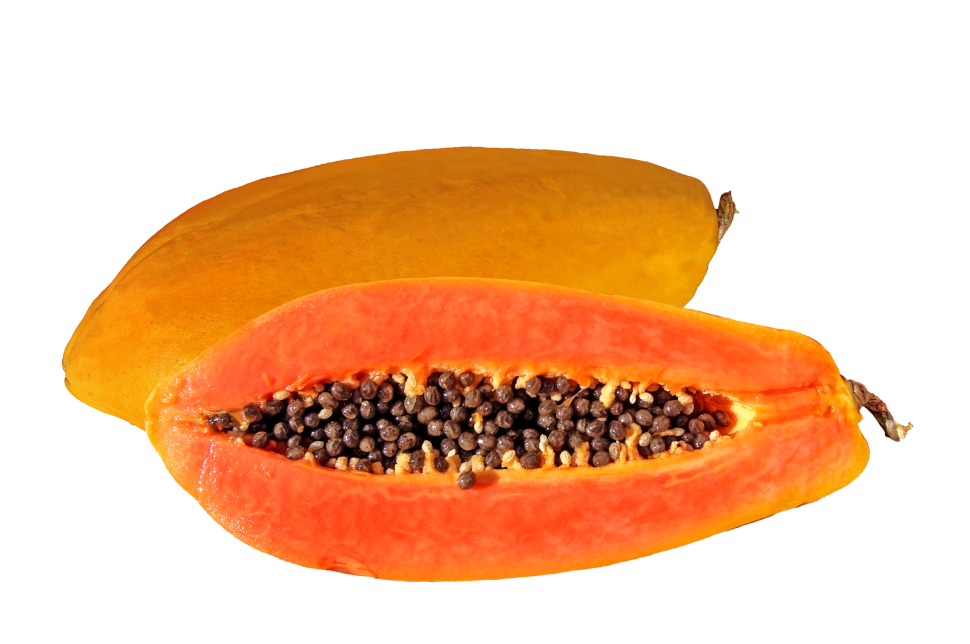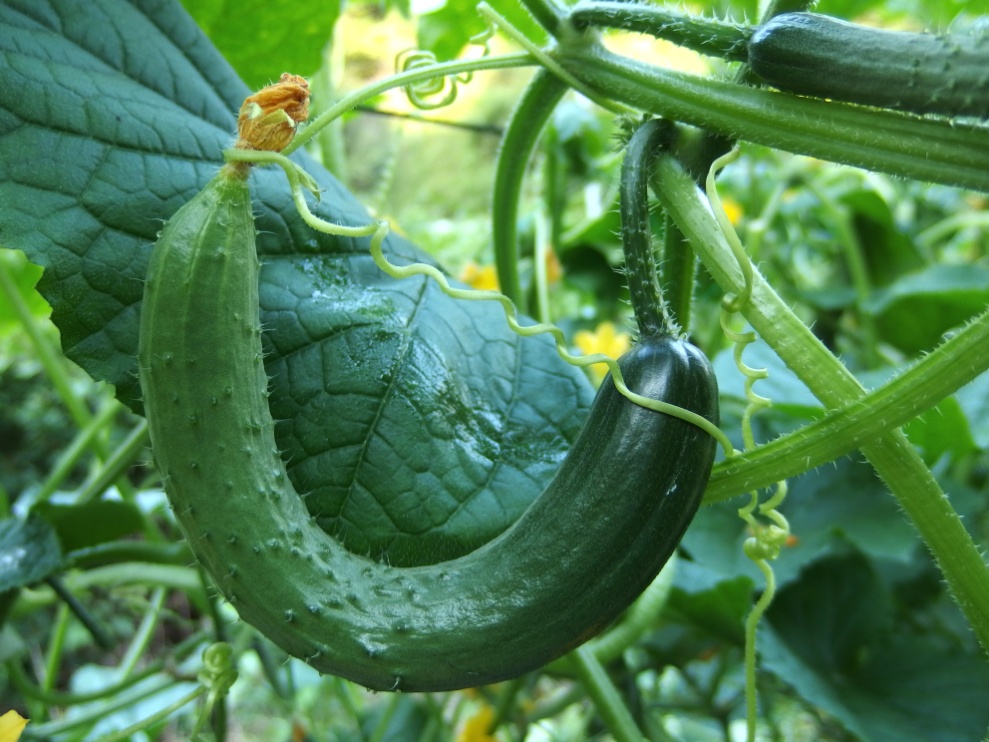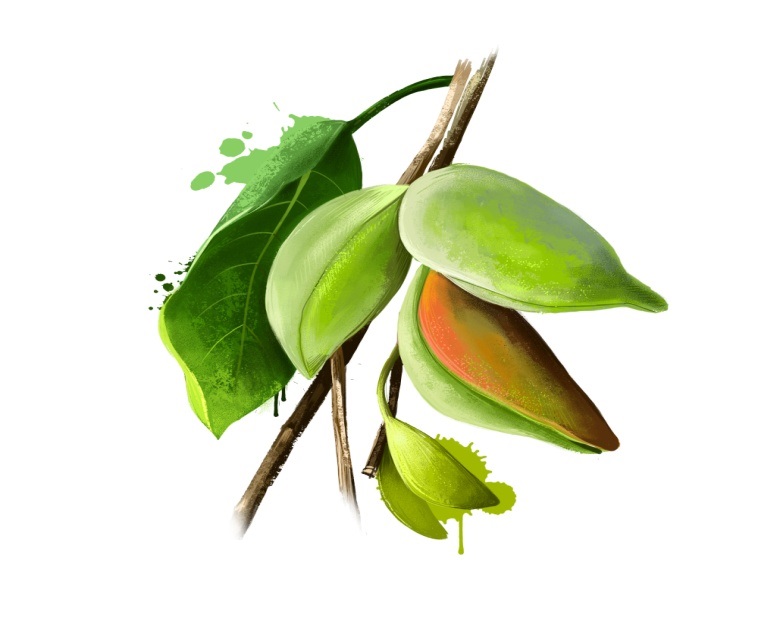
Aloe barbadensis leaf extract
This ingredient is present in:
Anitoxidants:
Antioxidants occur naturally in plant-based foods such as fruits, vegetables, coffee, tea, wine, and chocolate. While there are thousands of antioxidant compounds out there, like flavanols (found in chocolate), Resveratrol (found in wine), and lycopene (found in tomatoes). Other popular antioxidants include vitamins A (beta-carotene), C, E, and catechins.
Antioxidants help prevent or stop cell damage caused by oxidants.
What are oxidants?
‘They are free radicals found in the environment, but they’re also produced naturally in the body. ‘ says Diane McKay, Ph.D., an assistant professor and researcher at Tufts University’s Antioxidants Research Laboratory.
Our bodies create them to help fend off viruses and microbes, but too many, and they can cause damage.
Anti-oxidants used in Amana products are derived from Organic rosemary and pomegranate extracts.
Properties of anti-oxidants in skincare:
Anti-inflammation
One of the most desirable benefits of antioxidants in skin-care products is the calming of inflammation. Antioxidants produce valuable anti-inflammatory results by increasing circulation and cell metabolism. Reducing inflammation promotes more even skin tone and helps keep acne and wrinkles at bay.
Skin firming
Antioxidants may actually reverse the effects of aging by improving skin health and rejuvenating its appearance. Coenzyme Q-10, or CoQ-10, is a common skin-firming antioxidant and is great for use in eye creams and products that are meant to tone the skin. Try moisturizers and other skin treatments with skin-firming antioxidants.
Reduced appearance of wrinkles
Amana skincare products with antioxidants can help plump out the skin and make it appear more youthful. Most antioxidants are great for reducing the appearance of wrinkles and fine lines, but vitamins C and E are especially beneficial.
Scar treatment
Scar tissue has a different cell structure than that of healthy skin, making it rigid. Many types of antioxidants, including those found in aloe vera, increase blood flow to scar tissue, minimizing the look of the scar and blending in the development of new skin.
Repair of sun damage:
We all know that too much sun is dangerous, but it can also be bad for your skin’s appearance, drying it out and damaging cells. Sun damage can make skin appear tough and wrinkly. Antioxidants that stimulate blood flow in the skin can help encourage the growth of new cells and make sun-damaged skin appear younger.
Rosemary antioxidant
Rosmarinus officinalis leaf extract
Rosemary antioxidant contains a high percentage of diterpene phenols which means this product has exceptional antimicrobial and anti-inflammatory. This material is obtained from rosemary leaves from organic farming.
Pomegranate antidant seed contains mainly ellagic acid, which is a polyphenols antioxidant found in fruits and berries. The highest ellagic acid content is found in raspberries, strawberries and pomegranates.
Pomegranate is high in ellagic acid. Ellagic acid and other polyphenols help to regulate cell turnover and give the cell time to divide normally and form completely. Ellagic acid is also thought to strengthen the cell membrane, making it less susceptible to free radical damage and preventing water loss from the cell.
Resveratrol
Resveratrol is a natural antioxidant compound found in high amounts amongst the skins of grapes and in red wine.
The skin’s youthful appearance deteriorates over time due to intrinsic factors such as oxidative stress and extrinsic factors like ultraviolet exposure, smoking, and air pollution.
Under ideal circumstances, the body uses its own supply of antioxidants to defend itself against the free radicals that affect the skin’s appearance. These intrinsic antioxidants can be depleted by chronological aging as well as by UV light exposure.
For youthful skin to thrive it needs collagen and elastin, which free radicals can affect the production of. Resveratrol is a particularly potent antioxidant that neutralizes free radical damage and allows the collagen to keep on pumping. The way it banishes wrinkles and enhances firmness is similar to the regenerating process that allows grape vines to live for many years.
Research from the darling French brand has shown a new synergy between resveratrol, and a complex of micro hyaluronic acids. Each of these ingredient is individually effective, but together they create an ingredient powerhouse that support the skin’s own production of naturally occurring hyaluronic acid.
In nature, resveratrol functions as part of a plant’s defensive arsenal. Resveratrol is an antimicrobial substance produced by plants in response to stress, infection, or strong UV radiation.
It appears that resveratrol exerts its potent antioxidant effects on two distinct levels: (1) by scavenging existing free radicals and (2) by preventing their formation.
The antioxidant ability of resveratrol is known to be both potent and efficient.
Resveratrol is also able to form soluble, complex molecules with certain metal ions, inactivating the ions so they cannot produce free radical formation. This action, in combination with its powerful antioxidant capability, makes resveratrol highly effective in combating the damaging effect of free radicals that leads to skin aging.
Resveratrol is also reported to stimulate healthy cell proliferation as well as collagen synthesis by protecting the dermal matrix from harmful enzymes and improving the function of fibroblasts that create healthy collagen.
Back to top
